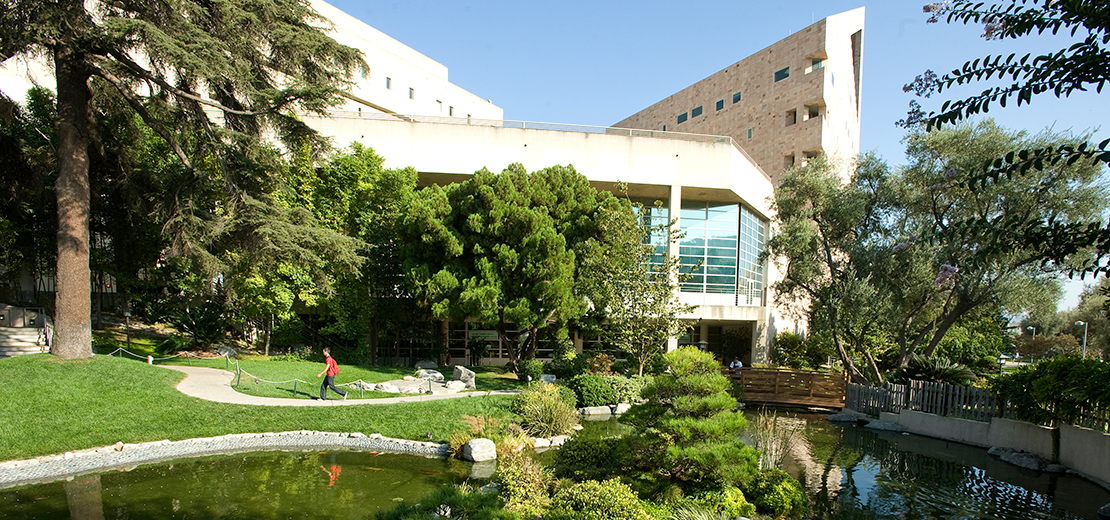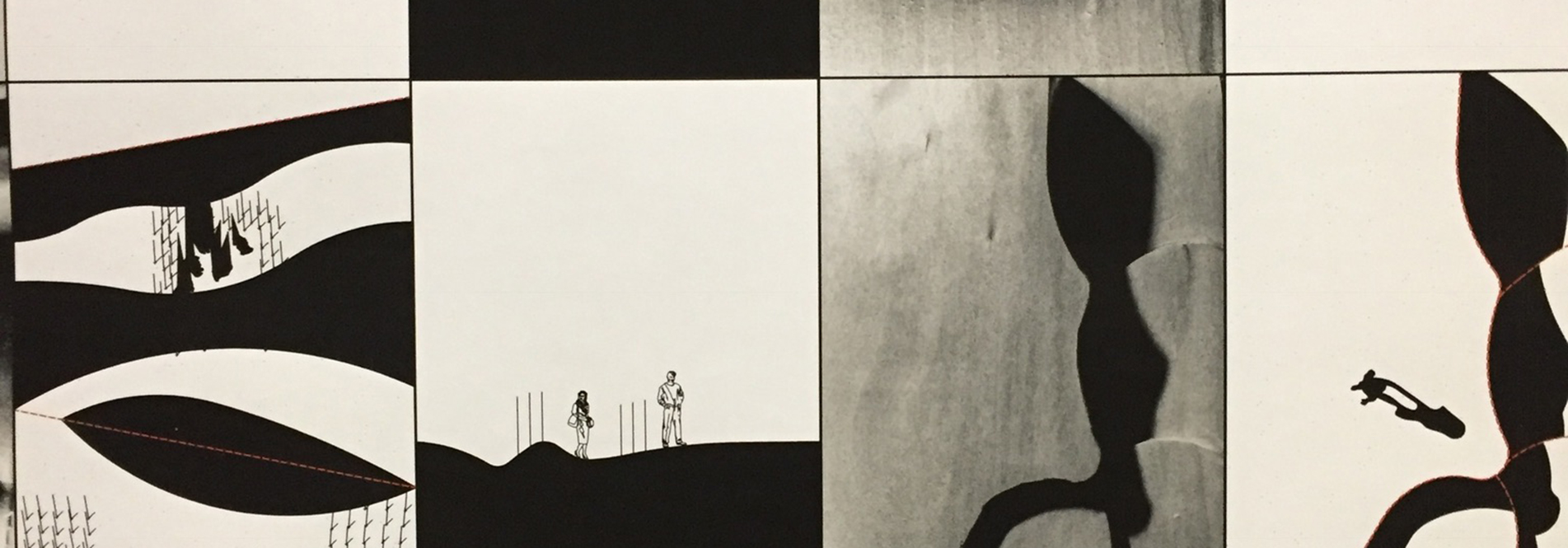About the Profession

Landscape Architecture -- we design the public realm. It can often be difficult to pin down what Landscape Architecture does; it is a broad discipline with numerous paths. It is a highly creative discipline with a deep foundation in ecology and design, history and culture, context and philosophy, urban planning and planting design. In the end, we in landscape architecture design and plan the spaces where we spend our public and private lives outside.
Landscape Architects connect place and people to develop the most sustainable communities possible. This profession mixes ecology, engineering, entrepreneurship, design, through the application of creative expertise in human and environmental health, beauty, and culture's discipline at the intersection of environmental science, art, and ecology. Landscape architects can make an extraordinary positive impact on the lives of people and their environment: your work can restore endangered wetlands, reduce hospital stays, create habitats for endangered species, grow food, organize creative play and even remove toxins from rainwater.
At Cal Poly Pomona we are working to empower the landscape of the future by educating those that will create it -- people like you. As the largest and most diverse program of our kind in the nation, the department uses the creative and cultural capital of Southern California to train bravely curious students to address the ecological and social challenges of the 21st century.
Landscape Architects design projects at all scales, from the residential gardens as a work of art to the National Park as a critical piece of natural and cultural conservation. We design cities to work in harmony with ecology and promote the design of healthy public space. We design system to protect and conserve our natural resources while we design road networks to promote multimodal transportation. We work with communities to empower change and lead by design. Consider Central Park, our National Parks, your neighborhood park, your favorite urban palza, that cafe courtyard you like so much; all the work of landscape architects. Green roofs, urban farms, corporate campuses -- all of these are encompassed by landscape architecture.
The mission of the Emerging Professionals (EP) program is to identify and respond to the needs of those who are new to the profession of Landscape Architecture in Southern California. If you are a young professional who desires more social involvement with other landscape architecture professionals, this group is for you.
EP focuses on organizing three types of activities:
-
Monthly networking events
-
project tours, site visits and project previews
-
workshops & lectures
Gatherings alternate between meetings and social events, and EP plans to hold crossover socials with allied professional groups such as the AIA, APA, ULI and City Planning. The group is not hierarchical and each participant is encouraged to step forward and initiate an activity or event.
Visit SoCal ASLA to learn more about Emerging Professionals.
Programs of landscape architecture are accredited by the Landscape Architectural Accreditation Board (LAAB). The mission of the Landscape Architectural Accreditation Board (LAAB) is to evaluate, advocate for, and advance the quality of education in landscape architectural programs.
Learn more about our LAAB accreditation.
Licensure in California can be obtained through the combination of Education, Experience and Examination, often referred to as the three E's or the three legged stool. Each of the three 'legs' are important to provide for the knowledge, skills and ability to help protect the health, safety and welfare of the public.
As defined in the Landscape Architects Practice Act: "Landscape architect" means a person who holds a license to practice landscape architecture in this state under the authority of this chapter (The Landscape Architects Practice Act). People without a licensure are not permitted to call themselves landscape architects or practice landscape architecture.
To qualify for the written examination, applicants must have six years of training and educational experience in actual practice of landscape architecture. A degree from a school of landscape architecture approved by the board is deemed equivalent to four years of training and educational experience. Cal Poly Pomona is an approved school for both the BSLA and MLA programs.
Candidates may take Sections 1 and 2 of the LARE following meeting the education requirements, but must wait until meeting the full education/experience standard before taking sections 3 and 4. Candidates must also pass the California supplemental exam following passage of all sections of the LARE.
Experience
Candidates must have at least two years of training/practice credit to be eligible for the examination. At least one of the two years of training/practice credit shall be under the direct supervision of a landscape architect licensed in a United States jurisdiction, and should be completed after graduation.
Candidates must have at least two years of training/practice credit to be eligible for the examination. At least one of the two years of training/practice credit shall be under the direct supervision of a landscape architect licensed in a United States jurisdiction, and should be completed after graduation.
